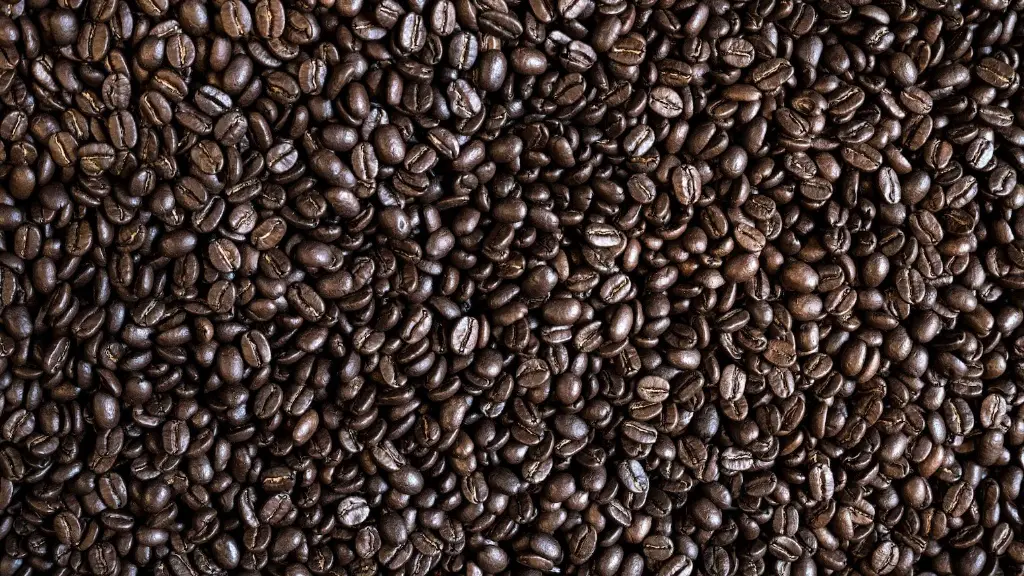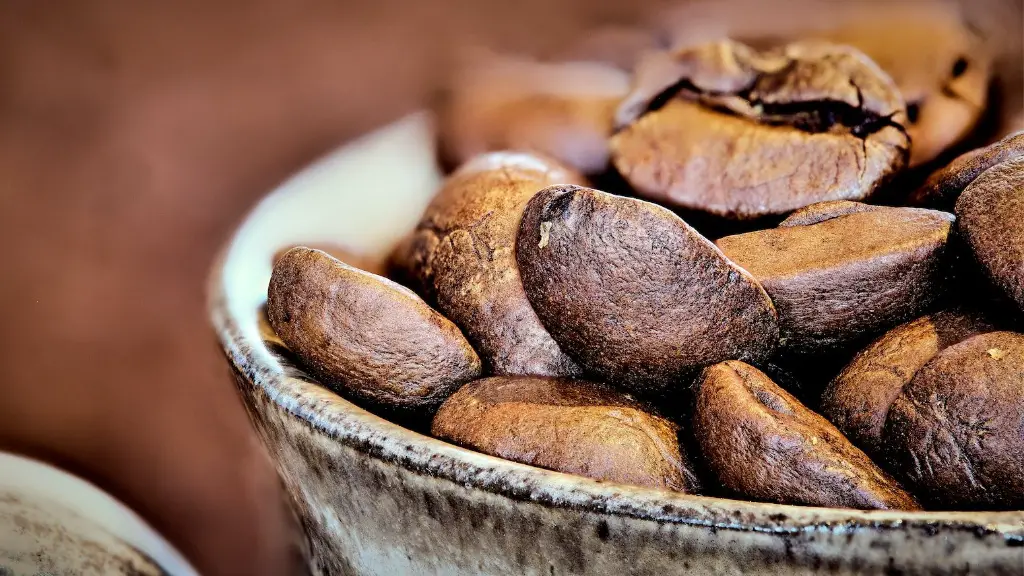Most coffee drinkers are aware that caffeine consumption can discolor teeth and leave stains. But many of those same people are surprised to learn that the drink itself isn’t to blame for teeth staining. According to a recent study by the American Academy of Cosmetic Dentistry (AACD), the major culprit is the bacteria found in the mouth. The bacteria combine with the naturally occurring acids in coffee and other foods to form a sticky plaque. That plaque then adheres to the enamel of the teeth, leading to discoloration and staining.
The good news is that there are steps that can be taken to combat this kind of discoloration. Dr. Tony Kang, a practicing dentist and president of the AACD, offers the following advice:
- Brush and floss immediately after drinking coffee. Doing so will remove some of the bacteria and plaque from the teeth and help to prevent staining. It also helps to keep the teeth looking white and healthy.
- Avoid overly acidic foods and drinks. Foods and drinks that are high in acidity, such as orange juice or lemonade, can contribute to staining by providing a good environment for bacteria to thrive. Therefore, these should be avoided if possible.
- Rinse the mouth out with plain water. This will help to remove any residual coffee, food, or bacteria from the mouth. Taking a swig of plain water after drinking coffee can help to minimize staining.
- Drink coffee through a straw. This will reduce the amount of contact the beverage has with the teeth and can help to minimize the amount of bacteria and plaque formed.
- Use a whitening toothpaste. Many whitening toothpastes contain ingredients such as baking soda, hydrogen peroxide, and fluoride, which can help to remove stains and restore the whiteness of the teeth.
Despite the discoloration that coffee can cause, there is no need to avoid the drink altogether. A few simple steps can help to minimize the risk of staining, such as brushing and flossing immediately after consuming the beverage. Additionally, avoiding overly acidic foods and drinks, rinsing the mouth out with plain water, drinking coffee through a straw, and using a whitening toothpaste can all help to keep teeth looking white and healthy.
Customize Coffee Consumption for Optimal Teeth Whitening
Adopting a customized approach to coffee consumption is one of the best ways to maintain teeth whiteness while also enjoying the beverage. Dr. Kang suggests discussing staining with a dentist in order to find out what strategies may be most effective for individual teeth. This can help ensure that all the necessary steps are being taken to reduce the risk of staining, as well as to understand what beverage types and levels of acidity may be more likely to result in discoloration.
He also suggests avoiding beverage beverages that contain added sugars or syrups, as these can increase the risk of staining by providing bacteria with more sugar to eat and convert into acids. Additionally, using lids on cups that contain a sugary beverage or adding milk to the beverage can reduce the amount of contact the liquid has with the teeth and may help to minimize staining.
Finally, be sure to practice good oral hygiene habits. Brushing, flossing, and rinsing are all important ways to keep the teeth looking clean and healthy. These habits also help to reduce bacteria and plaque buildup, which is especially important for those who consume coffee regularly.
Focus on Dental Health Routine
It is important for those who drink coffee to ensure that they have a regular and thorough dental health routine. This involves brushing and flossing twice a day, using mouthwash, and visiting the dentist twice a year. These steps can help to detect and avoid plaque buildup, as well as to maintain dental health and keep teeth looking white and healthy.
Brushing and flossing not only remove plaque and bacteria from the teeth, but they also help to break up any food particles that may be stuck in between or on the teeth. It is important to use toothbrush heads that fit the mouth and floss that is not too wide for the teeth, as these can ensure that all surfaces of the teeth are thoroughly cleaned.
Additionally, using a tongue scraper or a tongue brush can help to remove any lingering bacteria or food particles. This helps to keep bad breath at bay and to ensure that the teeth are clean and healthy. Visiting the dentist twice a year is also essential, as they can provide timely advice on what steps to take in order to maintain healthy teeth and prevent discoloration.
Test Different Whitening Toothpastes
Using a whitening toothpaste is an effective way to maintain or restore the whiteness of teeth. But it is important to do some research in order to find the right toothpaste for individual needs. Different toothpastes contain different types and levels of whitening agents, and it is important to understand how these can affect the health and condition of the teeth.
Be sure to do some research on whitening toothpastes, comparing the ingredients and benefits of various products. It is also important to consider any side effects or risks associated with whitening toothpastes. Finally, always consult with a dentist before purchasing or using any whitening products.
Many whitening toothpastes are available over the counter and offer effective whitening, but they may not be the best option for everyone. Products containing peroxide have been known to cause irritation and inflammation, so those with sensitive teeth should avoid these types of toothpastes.
Utilize Whitening Strips and Treatments
Whitening strips and professional whitening treatments are also an option for those looking to restore the whiteness of their teeth. These treatments are typically more expensive than over-the-counter whitening methods but can provide more dramatic results. These treatments can be done in the office or at home, depending on individual preference and dental health.
When choosing a whitening method, it is important to consider the risks and benefits of each option. Professional whitening treatments offer more dramatic results than over-the-counter methods, but they can be expensive and can pose a risk of tooth sensitivity. Whitening strips are gentler on the teeth and require less setup time, but they generally provide results that are less dramatic than those achieved with professional treatments.
Additionally, it is important to note that not every treatment or product is suitable for everyone. Therefore, it is crucial to discuss options with a dentist in order to find out which approach is best for an individual’s unique needs and dental health.
Reconsider Types of Coffee Drank
Making small changes to the types of coffee drank can help to minimize the risk of staining. Opting for specialty coffee beverages like cappuccinos, lattes, and iced coffees can be beneficial, as these contain less acidity than traditional black coffee or espresso. Additionally, using whitening creams and mouthwash as part of a whitening routine can help to reduce the risk of staining.
In addition to looking for more neutral coffee beverages, some people opt to drink decaffeinated coffee, which is a good option for those who are more sensitive to its effects. Decaf coffee still contains some of the same acids as caffeinated coffee, but its levels are often lower. Additionally, decaffeinated coffee often contains other beneficial ingredients such as antioxidants that can help to reduce some of the discoloration.
Finally, some coffees contain added sugars and syrups, which can add to the risk of staining. It is best to opt for natural coffees with fewer added components. Additionally, it is a good idea to combine the process of whitening with a healthier lifestyle in order to maximize the benefits of both.




